Algae
Blue-green algae are found in inland water environments. Blue-green, green brown and red algae also abound in the coastal and marine environments. Urban expansion and environmental pollution are among the major threats to algae.
Plants
Vascular plants grow in the desert and farms, as well as water-covered coastal and marine environments. Medicinal plants are scattered in different parts of Bahrain. There are 81 species of these plants which are widely used in deep-rooted folk medicine. Rapid urban growth, the depletion of groundwater, soil Stalinization and environmental pollution are among the key threats to these plants.
Invertebrates
In Bahrain, there are many invertebrate species belonging to several different taxonomic groups, such as coelenterata, worms, molluscs, crustaceans, echinoderms, insects and arachnids. The reclamation and dredging, environmental pollution and by-catch, in addition to climate change are the leading threats to marine invertebrates while representing urban expansion and the depletion of groundwater threat to terrestrial invertebrates. While land reclamation and dredging activities, environmental pollution, by-catch and climate change are among the major threats to marine invertebrates, urban expansion and the depletion of groundwater represent a threat to terrestrial invertebrates.
Fisheries
Bahrain has a rich fish life. There are many species of fish in the waters of Bahrain. However, fish type diversity in inland waters is limited. Rapid urban growth, by-catch and overfishing and environmental pollution are among the major threats to fisheries in the Kingdom. Over the past year, a steady decline in the size of annual landings of finfish has been recorded.
Amphibians
Amphibians are considered the least diverse taxonomic groups at the species level. In fact, the freshwater frog (Rana ridibunda) has been the only amphibian type recorded in Bahrain. The number of this species is declining sharply. It is found in the canals and in artificial environments constructed in the Al Areen Park and reserve to simulate the distinct natural freshwater spring environment.
Reptiles
There is a number of reptile species in desert, agricultural and populated areas, such as lizards and snakes. Urbanization, camping and hiking are among the main threats to desert reptiles. There are also sea turtles in Bahrain’s territorial waters, with at least 284 ones recorded during the aerial survey which was conducted in 2006. The green turtles, the Chelonia mydas, are the most common marine turtles Bahrain. There are also the hawksbill turtle (Eretmochelys imbricate) big-headed turtle (Caretta caretta). Also, an olive turtle (epidochelys olivacea), which was seen for the first time in Bahrain, was found dead in 2007. Marine turtles are exposed to severe press because of the fishing work that is associated with shrimp trawls. Estimates indicate that 122 sea turtles died between 2007 and 2008. The phenomenon was attributed to several possible reasons, most notably fishing activities.
Birds
Despite the small geographical area of Bahrain, it includes a remarkable diversity of bird species. Indeed, about 323 bird species, including 40 ones which reside and breed here, have been reported in the kingdom. Most local bird expert think that there is an increasing pressure on the birds as a result of shrinking natural habitats, the continuous urban expansion towards the coastal and agricultural and inland waters habitats, as well as environmental pollution and illegal fishing.
Also, some invasive alien species have been seen in Bahrain. This phenomenon is considered one of the most serious threats to wildlife in Bahrain, as invasive species cause serious damage to the local birds. Among these invasive alien species are the house crow (Corvus splendens) and common myna (acridotheres tristis), which devour eggs and chicks of other birds.
MammalsThere are a number of species of wild mammals living in residential, agricultural, and desert environments. It is likely that the species of wild mammals living in the central region of the island of Bahrain are exposed to pressures arising from urbanization, camping, hiking and disposal of organic waste.
Bahrain’s territorial waters include the world largest aggregation of dugong (Dugong dugon) that are widespread in shallow water adjacent to the southern coast of the Arabian Gulf. Previous surveys also indicated the presence of Common bottlenose dolphin (Tursiops truncates), and humpback dolphin (Sousa chinensis) in Bahrain’s territorial waters. It should be noted that the marine mammals sometimes suffer from unintended injuries by boat engines. Sometimes, they may be caught in fishing nets.


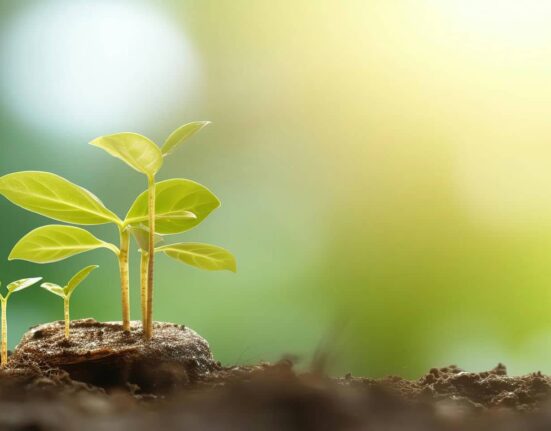
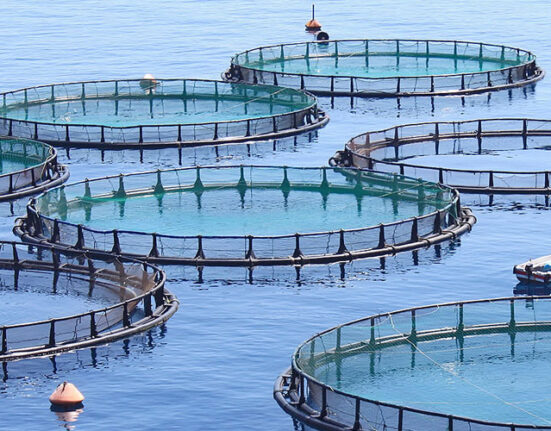

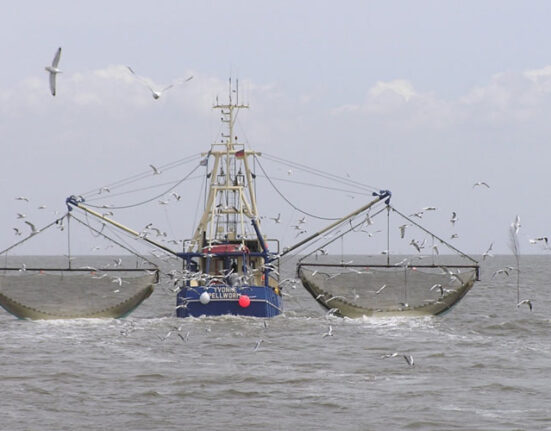


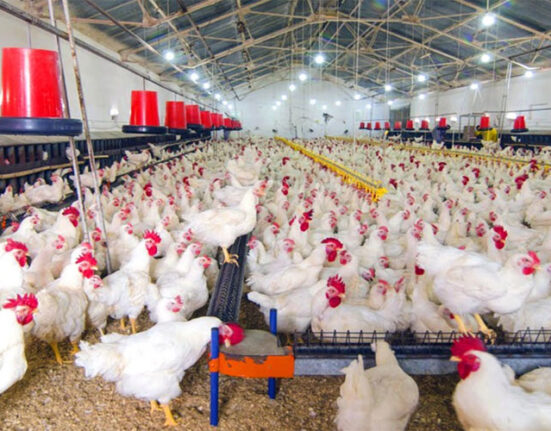


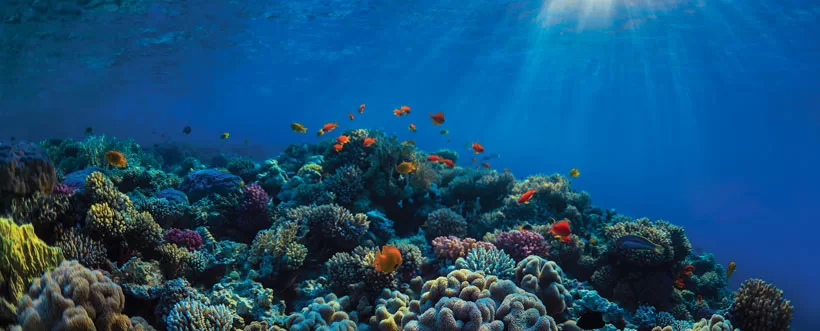
Leave feedback about this